At TheHealthBoard, we're committed to delivering accurate, trustworthy information. Our expert-authored content is rigorously fact-checked and sourced from credible authorities. Discover how we uphold the highest standards in providing you with reliable knowledge.
What is an Asian Diet?
Research has proven that people in Asian countries have lower cholesterol, lower rates of heart disease and cancers than Americans. They tend to stay smaller in size, are more slender and live longer lives. Regular exercise and close family relationships play a part in this, but the traditional Asian diet plays the biggest role and has been considered the healthiest diet in the world.
The Asian diet represents not only China and Japan, but also includes North and South Korea, India, Thailand and Vietnam. The meals throughout these countries are different but the fundamentals remain the same. Meat often times is not included in the meals, leaving out much saturated fat and cholesterol. This results in low cholesterol levels in the body which lessens the risk for heart disease and cancer.

The Asian diet is a very simple combination of foods. The foundation of the diet consists of noodles, rice, breads and other grains. Large portions of mushrooms, bok choy and other fruits and vegetables are placed on top. The diet may also include eggs, poultry, fish, beans, seeds, nuts, and occasionally some sweets.
Soy provides the main source of protein in Asian countries. Asians consume a lot of soy foods like tofu, tempeh, defatted soy flour and more. Soy foods are rich in phytoestrogens. Phytoestrogens are a group of compounds that are converted into hormone-like substances that act like a weak form of estrogen.

They block the estrogen receptors inside the body and lessen the overall amount of estrogen, lowering the risk of breast cancer. Phytoestrogens can ease hot flashes during menopause by replacing estrogen that is being lost. Women who live on an Asian diet often times have an easier time going through the transition of menopause.
The Asian diet does not normally include dairy foods. Dairy foods are eaten sparingly, which may result in weaker bones. Calcium must be supplemented through other foods such as broccoli and bok choy to keep the bones healthy and strong.
Since it contains so many fruits and vegetables, the Asian diet is very high in fiber. Diets high in fiber help fight heart disease. The fruits and vegetables also provide tons of Vitamin C, beta-carotene and other antioxidant compounds.

Tea is an important component of the Asian diet. Drinking tea helps lower the risk of heart disease and stroke because tea includes an antioxidant compound called phenol. Phenol is what helps protect the body from disease. There are more antioxidants found in green tea than black tea.
Fish contains specific fats that help prevent heart disease. Asians eat fish in moderation. Too much fish can cause the risk of stroke and other cerebrovascular diseases. As with most diets and eating habits, moderation is key to gaining the most nutritional benefits.
AS FEATURED ON:
AS FEATURED ON:










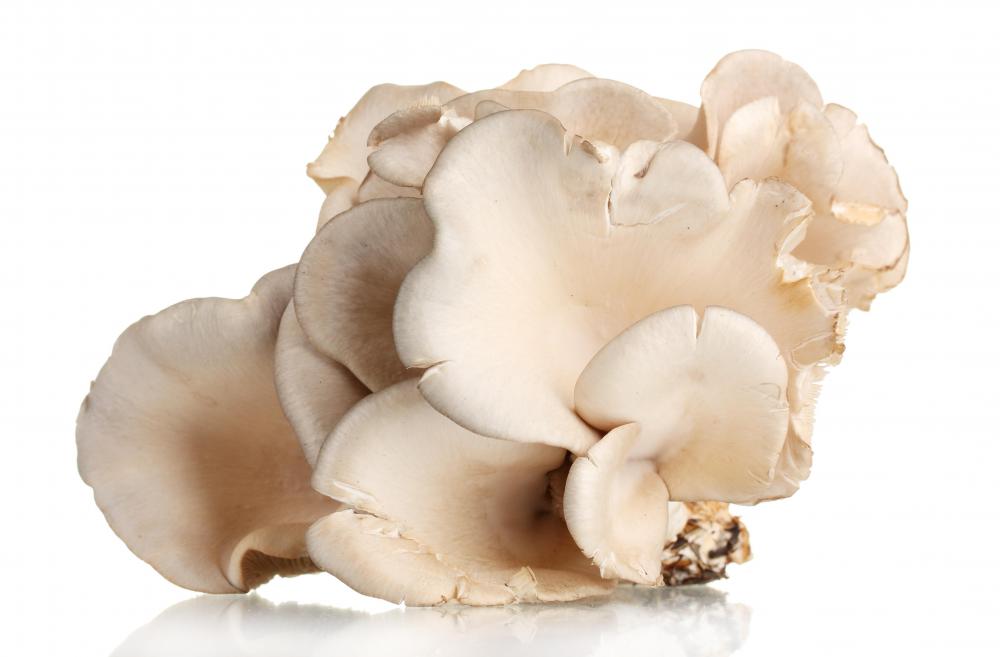
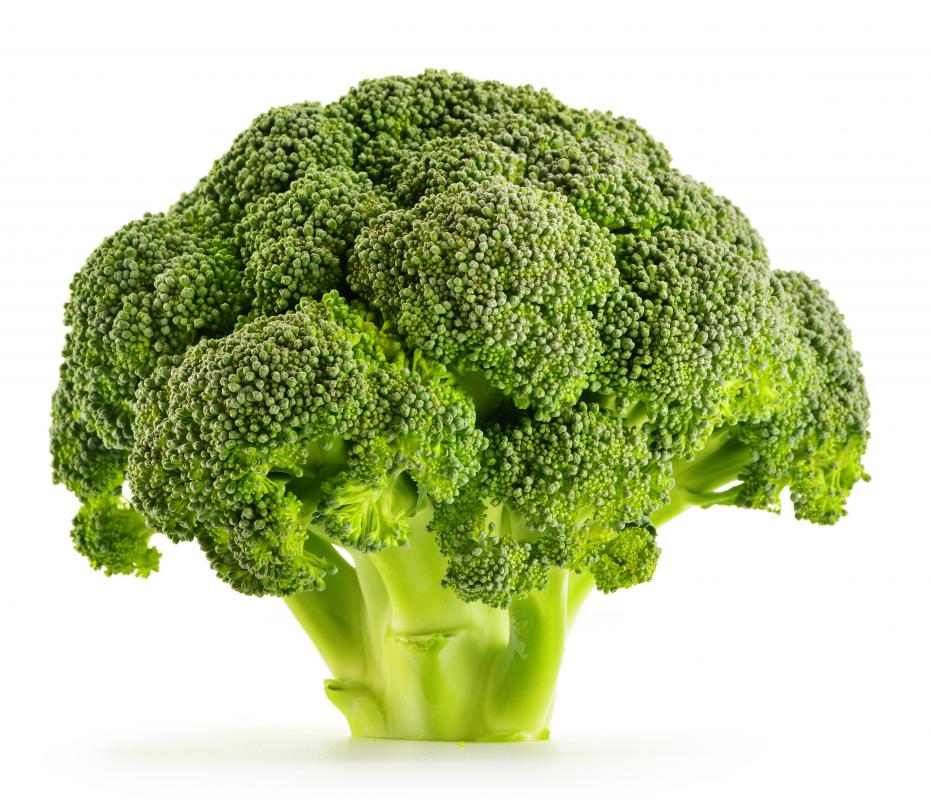
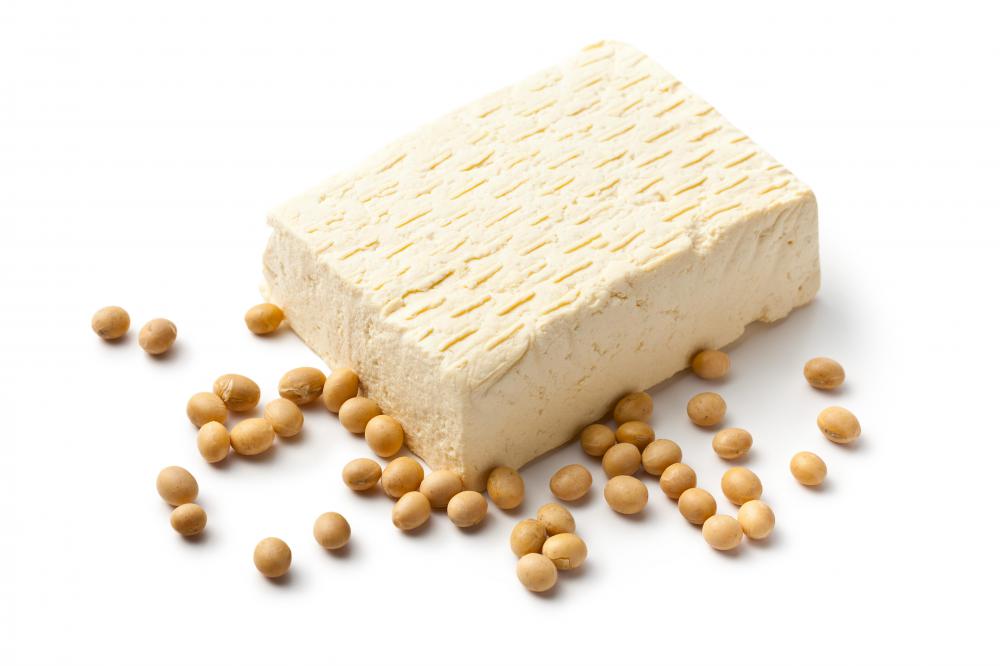
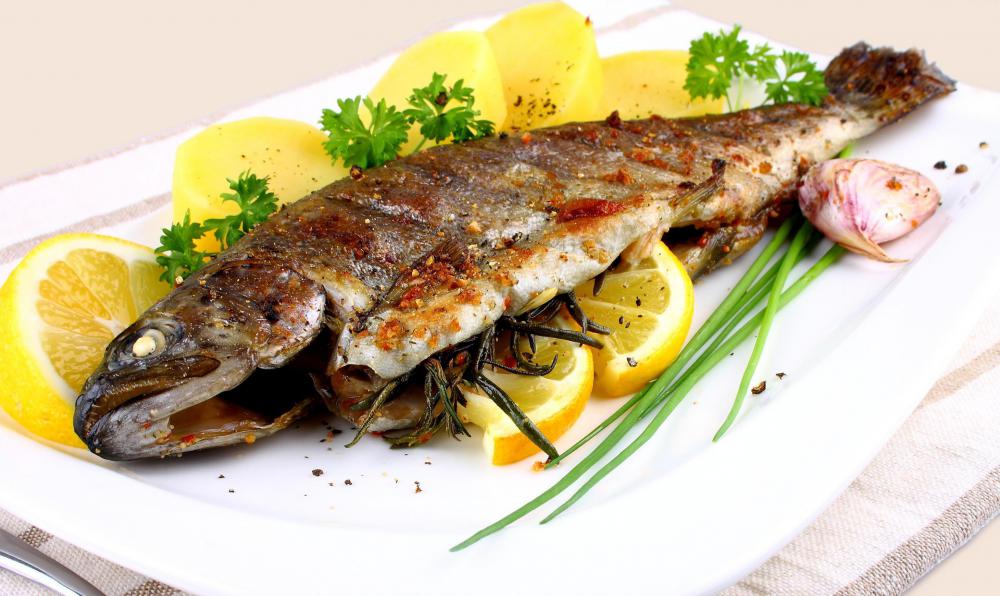
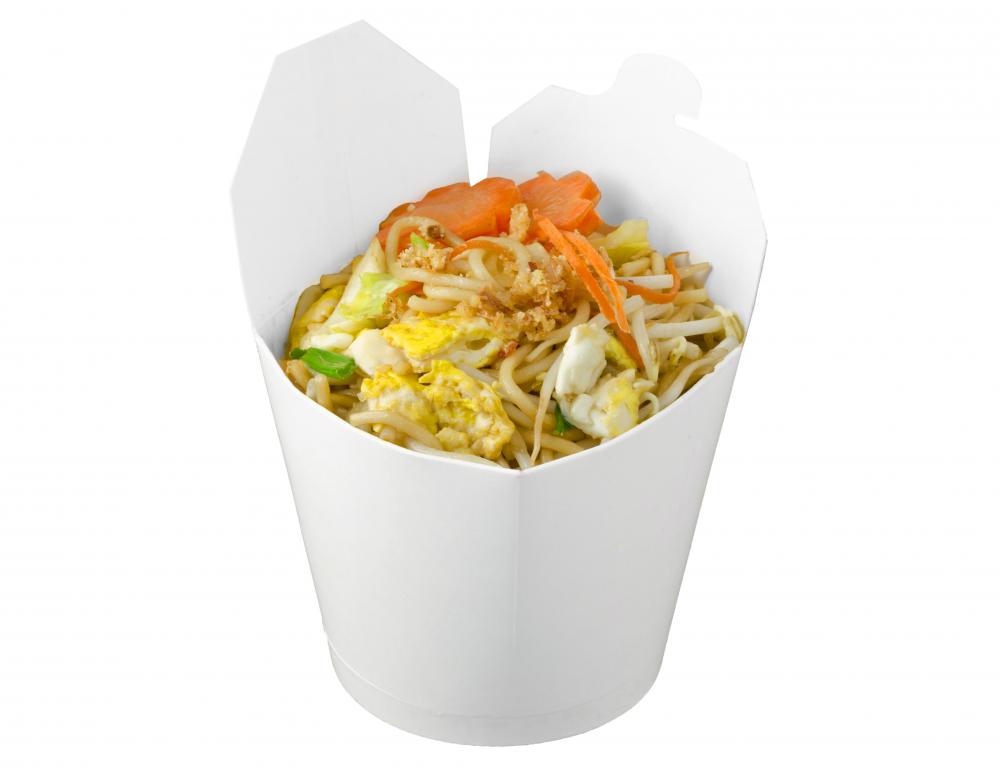
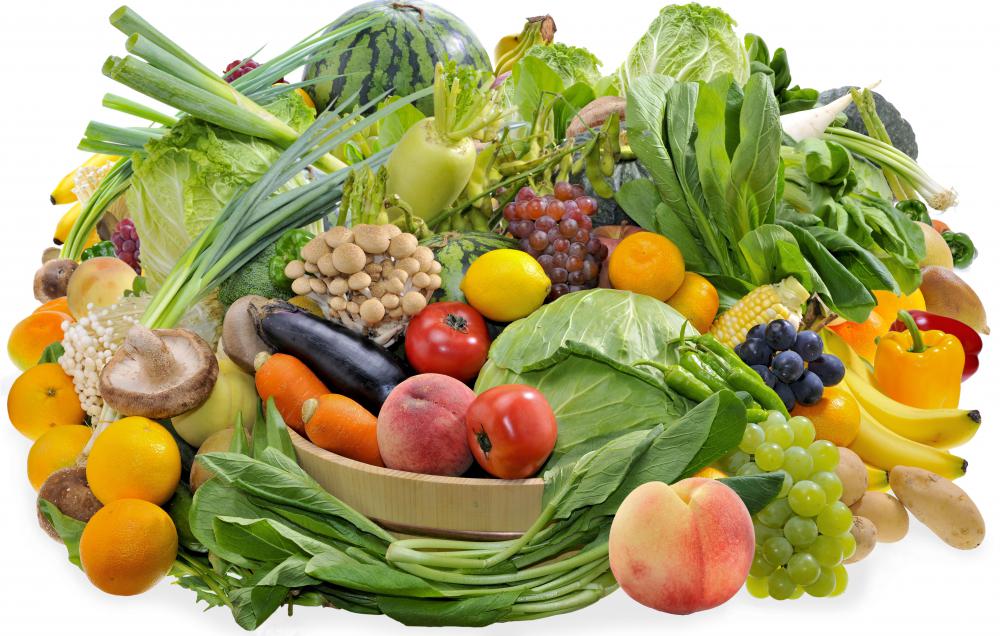

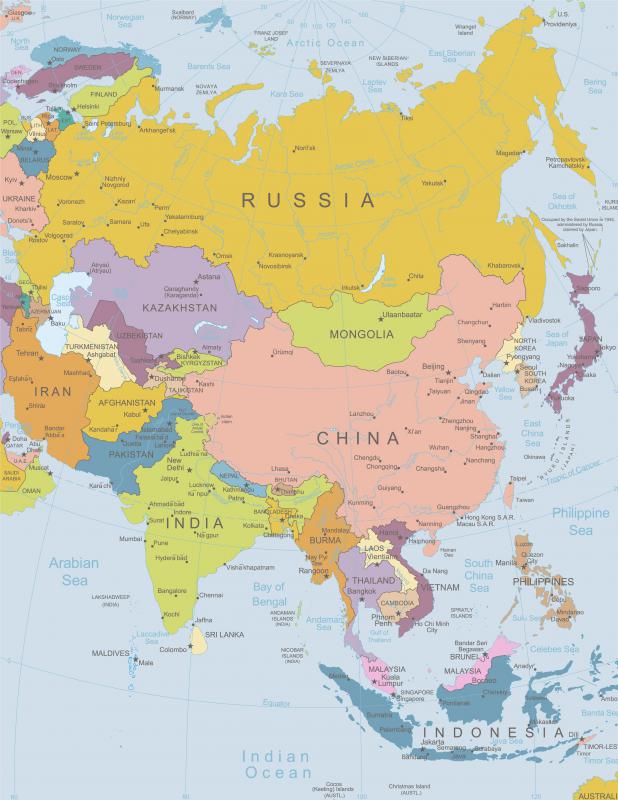


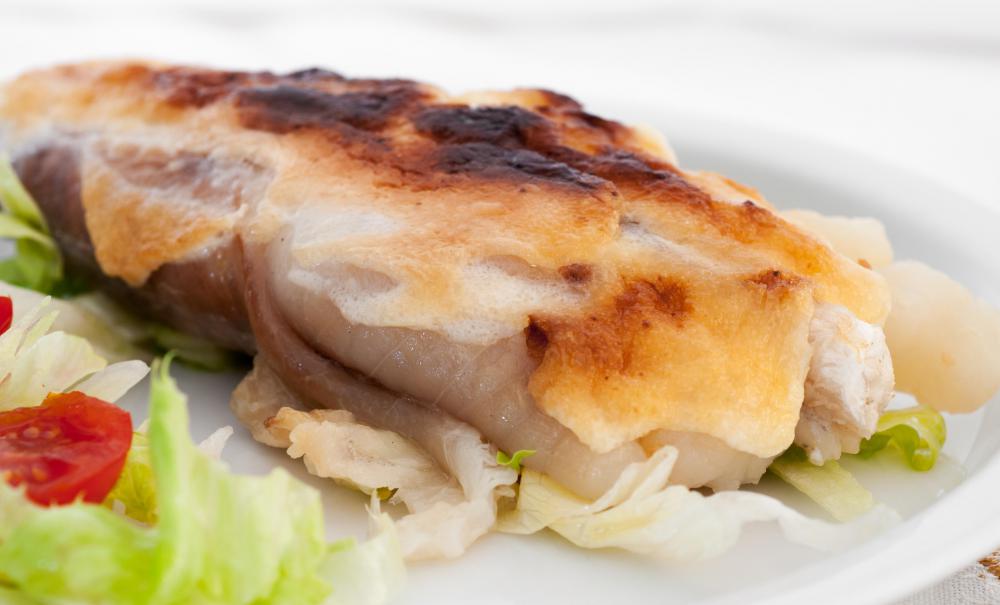
Discussion Comments
This is a nice and accurate synopsis. I wrote a book on this topic called "The Asian Diet: simple secrets for eating right, losing weight, and being well" in which I stress the ideas of moderation and balance. People in the Western world could prevent a whole lot of disease and discomfort by adopting these principles.
Jason Bussell MSOM, L.Ac
President Emeritus: Illinois Association of Acupuncture and Oriental Medicine
Post your comments